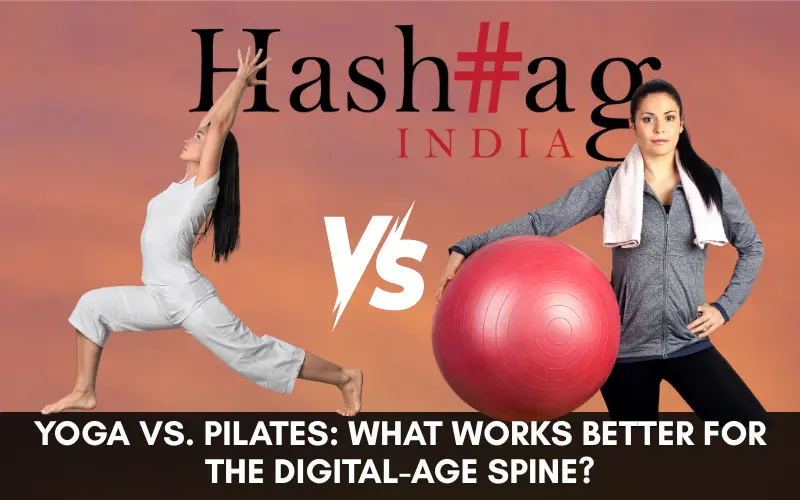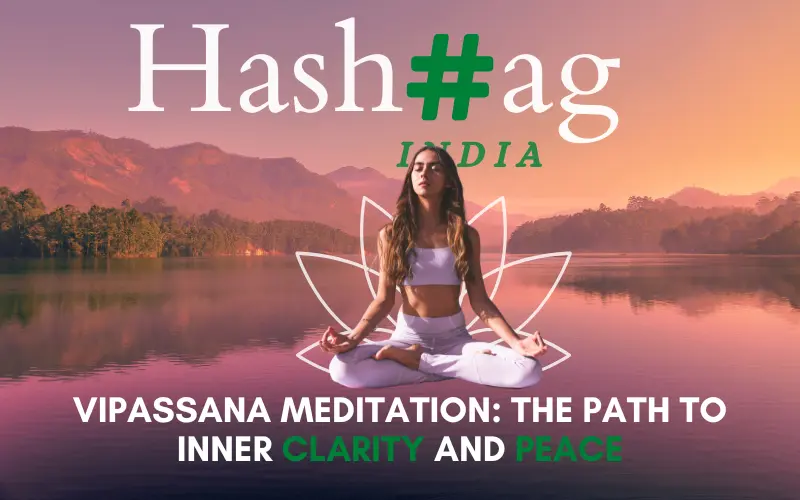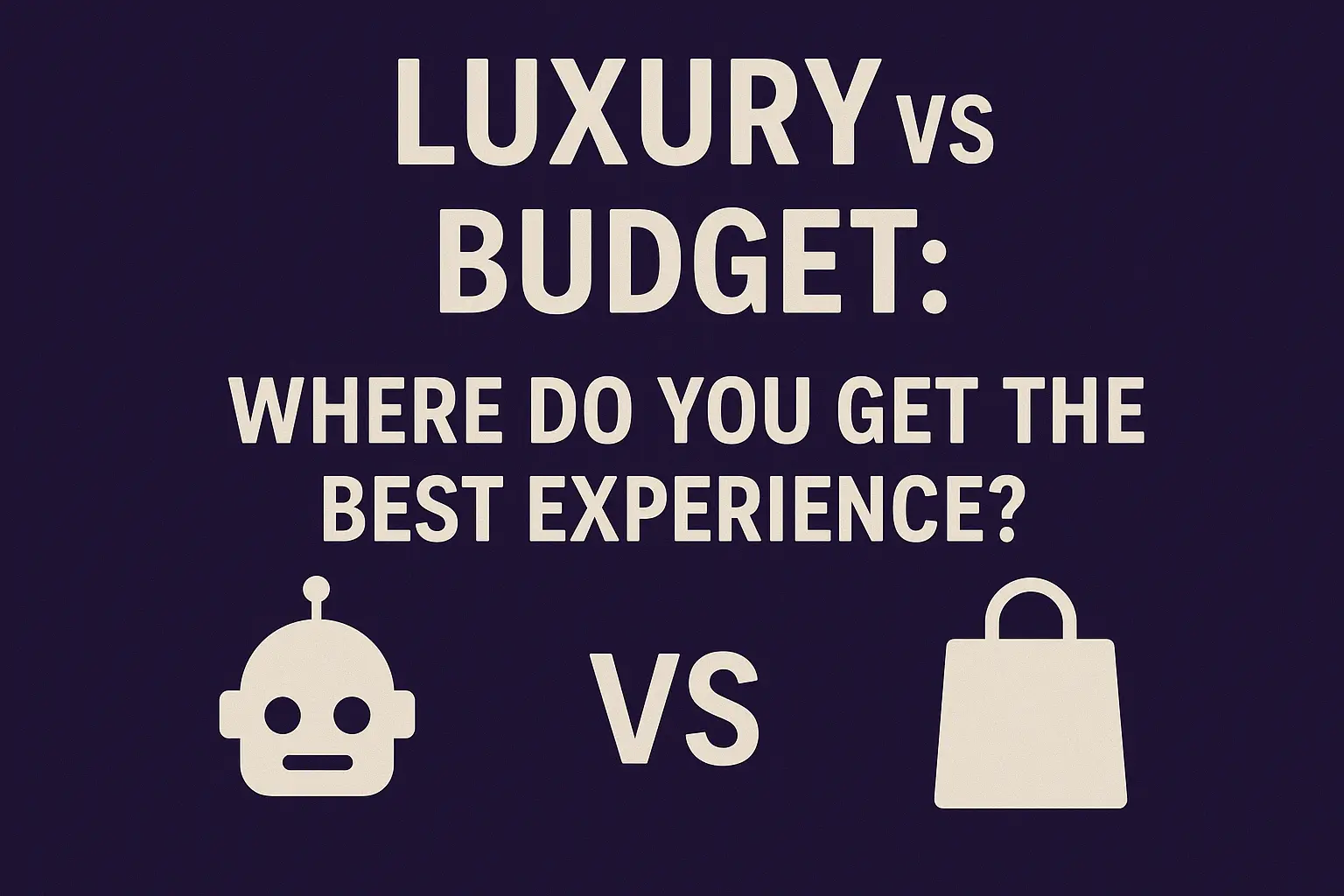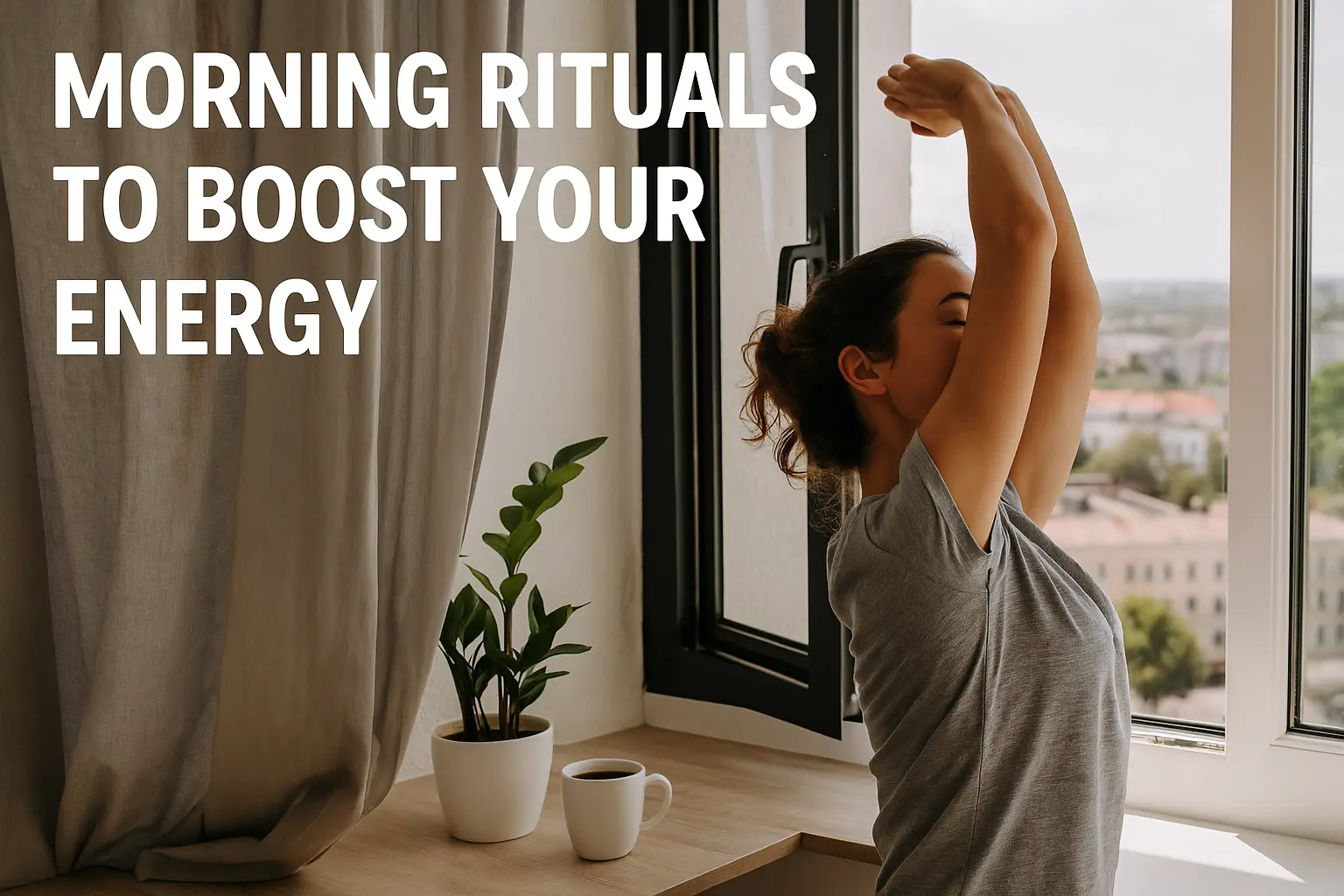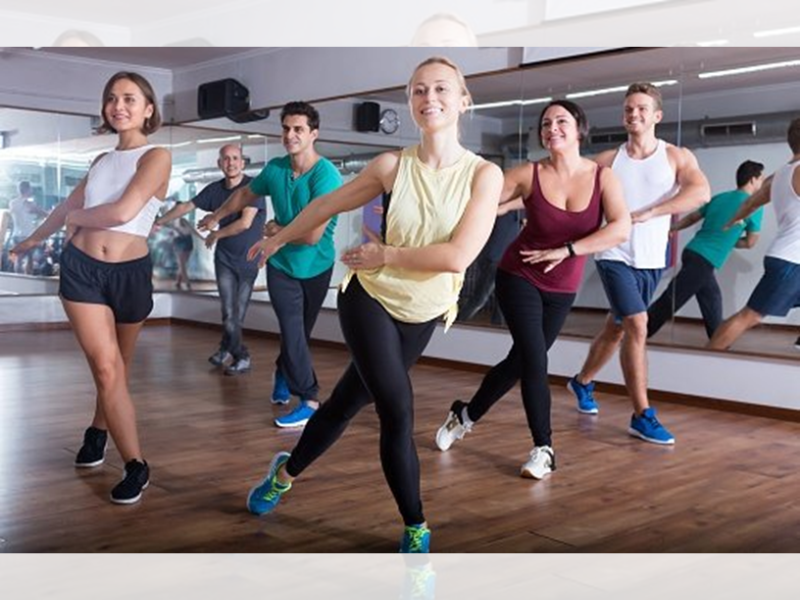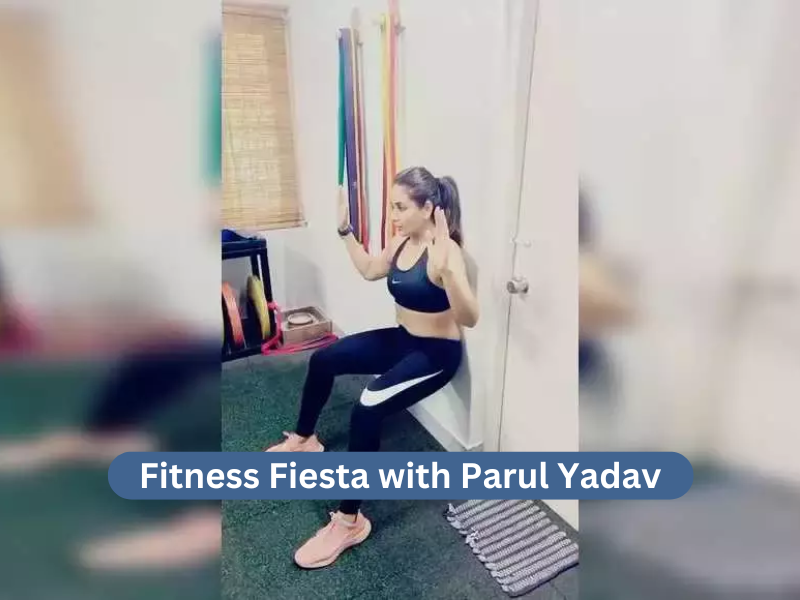In today’s fast-paced world, stress has become a constant companion for many. Whether it’s work pressure, personal responsibilities, or digital overload, stress can take a toll on both mental and physical health. While there are several ways to manage stress, yoga remains one of the most effective natural solutions. Practising yoga not only relaxes the body but also calms the mind, helping to alleviate stress and anxiety. Hashtag magazine explores ten easy and effective yoga poses that can help you unwind, relax, and rejuvenate.
1. Child’s Pose (Balasana)
Child’s Pose is a grounding posture that stretches the back, hips, and shoulders while promoting relaxation.
- How to Do It: Kneel on the floor, bring your big toes together, and sit on your heels. Stretch your arms forward and rest your forehead on the mat.
- Benefits: Relieves tension in the lower back and shoulders, calms the nervous system, and promotes deep breathing.
2. Cat-Cow Pose (Marjaryasana-Bitilasana)
This gentle flow between two poses helps in releasing tension from the spine and improving posture.
- How to Do It: Start in a tabletop position with hands and knees on the mat. Inhale and arch your back, lifting your head (Cow Pose). Exhale, round your back, and tuck your chin (Cat Pose). Repeat slowly.
- Benefits: Enhances spinal flexibility, relieves stress, and improves breathing awareness.
3. Standing Forward Bend (Uttanasana)
This pose allows gravity to work its magic in relaxing the body and mind.
- How to Do It: Stand tall, hinge at the hips, and slowly fold forward, letting your arms dangle toward the floor.
- Benefits: Releases tension in the neck and back, increases blood circulation, and calms the mind.



4. Legs Up the Wall (Viparita Karani)
A restorative pose that helps improve circulation and reduce stress.
- How to Do It: Lie on your back and extend your legs up against a wall. Keep your arms relaxed at your sides.
- Benefits: Reduces fatigue, relieves tension, and promotes relaxation.
5. Seated Forward Bend (Paschimottanasana)
A deep stretch that helps in calming the nervous system.
- How to Do It: Sit with legs extended forward, hinge at the hips, and reach for your toes.
- Benefits: Stretches the spine, improves digestion, and soothes the mind.
6. Bridge Pose (Setu Bandhasana)
This gentle backbend helps release stress and opens up the chest.
- How to Do It: Lie on your back, bend your knees, and place your feet hip-width apart. Lift your hips toward the ceiling.
- Benefits: Relieves anxiety, strengthens the back, and promotes a sense of well-being.


7. Butterfly Pose (Baddha Konasana)
A great pose to relieve tension and improve flexibility.
- How to Do It: Sit with your feet together, knees bent out to the sides, and gently press the knees toward the floor.
- Benefits: Opens the hips, calms the nervous system, and promotes relaxation.
8. Supine Twist (Supta Matsyendrasana)
A gentle spinal twist that helps in releasing tension and improving digestion.
- How to Do It: Lie on your back, bring your knees to your chest, and drop them to one side while keeping your shoulders on the ground.
- Benefits: Relieves lower back pain, detoxifies the body, and calms the mind.


9. Corpse Pose (Savasana)
The ultimate relaxation pose that integrates all the benefits of yoga.
- How to Do It: Lie flat on your back with arms relaxed at your sides and breathe deeply.
- Benefits: Reduces stress, promotes deep relaxation, and restores energy.
10. Alternate Nostril Breathing (Nadi Shodhana)
Though not a physical pose, this breathing technique is excellent for stress relief.
- How to Do It: Sit comfortably and use your thumb to close one nostril while breathing through the other. Alternate sides.
- Benefits: Balances the nervous system, reduces anxiety, and enhances mental clarity.
Conclusion
Incorporating these simple yoga poses into your daily routine can significantly reduce stress and improve overall well-being. Whether you practice for a few minutes or dedicate a full session, the key is consistency. Yoga is not just about physical flexibility; it is a path to inner peace, mindfulness, and a healthier life. So, take a deep breath, unroll your mat, and embrace the calming power of yoga.



